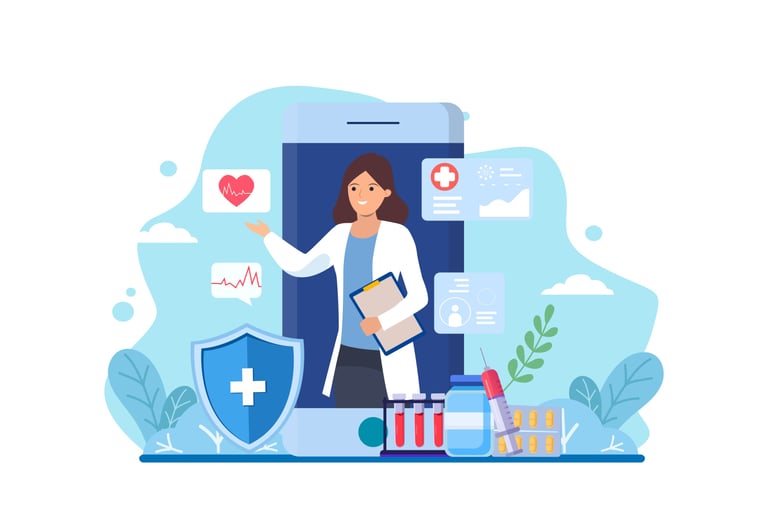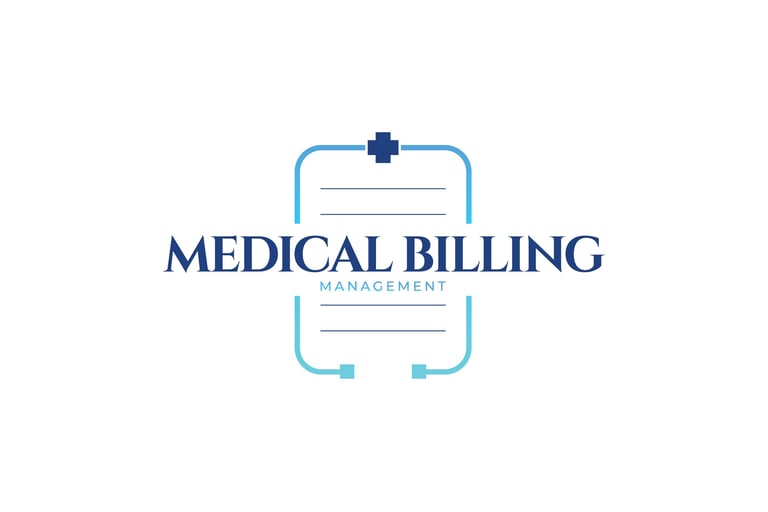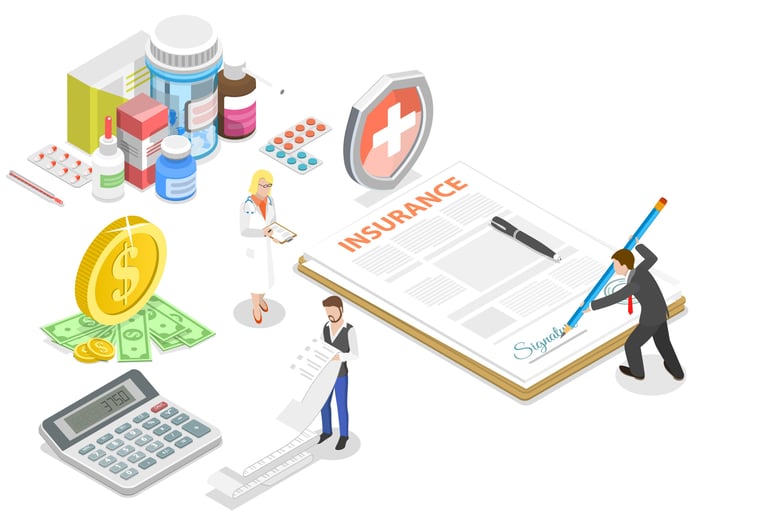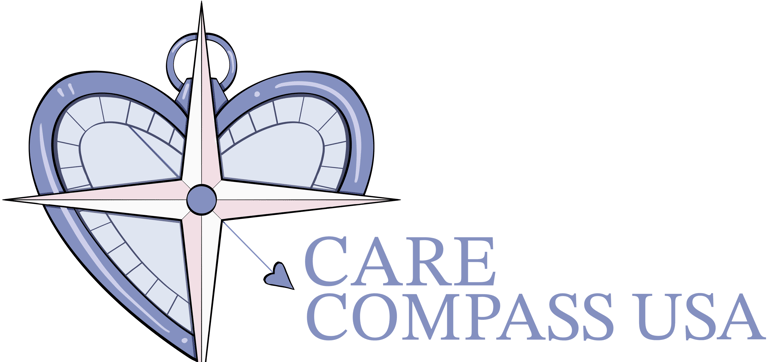

Next Steps
Review your notes:
Go over the After-Visit Summary (AVS) and any notes you too. If you have a friend or family member who went with you, talk with them to make sure you didn't miss anything.
Pick up prescriptions:
If a new medication was prescribed, pick it up from the pharmacy and take it as instructed.
Follow the plan:
Carefully follow all instructions, take medications as directed, and make lifestyle changes as recommended.
Keep your records:
Keep your own record of symptoms, medicines, and test results to share with your doctor at your next visit. Some health systems offer an online patient portal like MyChart, where you can access your records digitally. In this case, log in to your doctor's online patient portal to review visit notes, check test results, and send follow-up messages.
Contact the office with new questions:
Don't hesitate to call the office if you realize you forgot to ask something important or need clarification.
Monitor your health:
Pay attention to any new symptoms or side effects from medication and know when to seek medical attention or call 911 in an emergency.
Communicate with others:
Talk to family and friends about what you learned and ask them for support with your recovery or any recommended changes.


Billing and Payment
After a doctor's visit, billing involves a multi-step process between the provider, your insurance company, and you. You may receive an initial bill for your copayment right after the visit. However, the final bill for any remaining balance typically arrives weeks or months later, after your insurance has processed the claim.
Timeline for billing and payment
Doctor submits a claim. The provider's office creates a claim listing the services you received and submits it to your insurance company. This can take several weeks.
Insurance reviews the claim. Your insurance company reviews the claim against your policy, a process called "adjudication," to determine what they will cover. This can take 30 to 90 days or more.
You receive an Explanation of Benefits (EOB). This is a statement from your insurer detailing the services covered, the amount paid, and the amount you owe. An EOB is not a bill.
You receive a bill for the remaining balance. After the insurance payment is posted, the doctor's office sends you a statement for any balance remaining, including your deductible, copayment, or coinsurance.
How to read and review your medical bill
Before paying, always compare the bill from your provider with the EOB from your insurance company.
Check personal information: Ensure your name, address, and insurance details are correct.
Verify dates and services: Confirm the date(s) of service and that you actually received the services and supplies listed.
Review charges:
Total charges: The full price the provider billed.
Allowed amount: The maximum amount your insurance will pay for the service.
Adjustments: Discounts the provider agreed to with your insurer.
Patient responsibility: The amount you owe after insurance payments.
Request an itemized bill: If the bill lacks detail, ask your provider for a more specific, itemized version that lists each service and supply separately.


What to do if you can't pay your medical bill
If you are unable to pay your medical bill, you have options to avoid negative consequences like collections.
Negotiate the bill: Call the billing office to see if they will accept a lower amount, especially if you can pay promptly.
Set up a payment plan: Many providers will work with you to create a manageable, interest-free monthly payment plan.
Apply for financial assistance: Many non-profit hospitals offer "charity care" for eligible patients. Search the hospital's name and "financial assistance" to find their policy.
Seek assistance programs: Organizations may offer grants or other financial aid to help cover medical expenses.
Hire an advocate: For large or complex bills, consider hiring a medical bill advocate who can negotiate on your behalf.
The above provides a starting point of navigating the US healthcare system effectively. Your actual experience may vary on a case-by-case basis. But it is important to know your health relies on active engagement and clear communication with your providers to ensure the best care.
